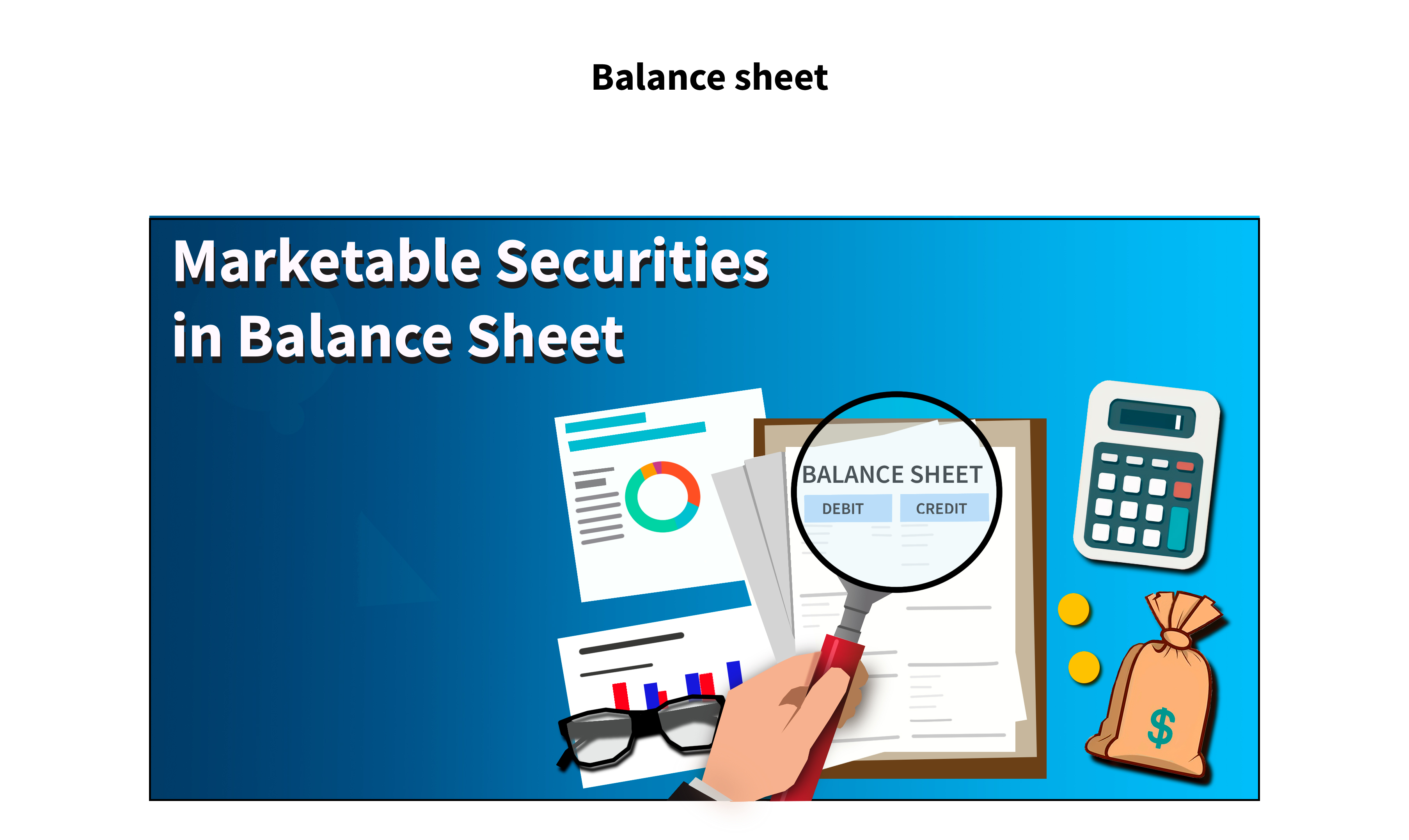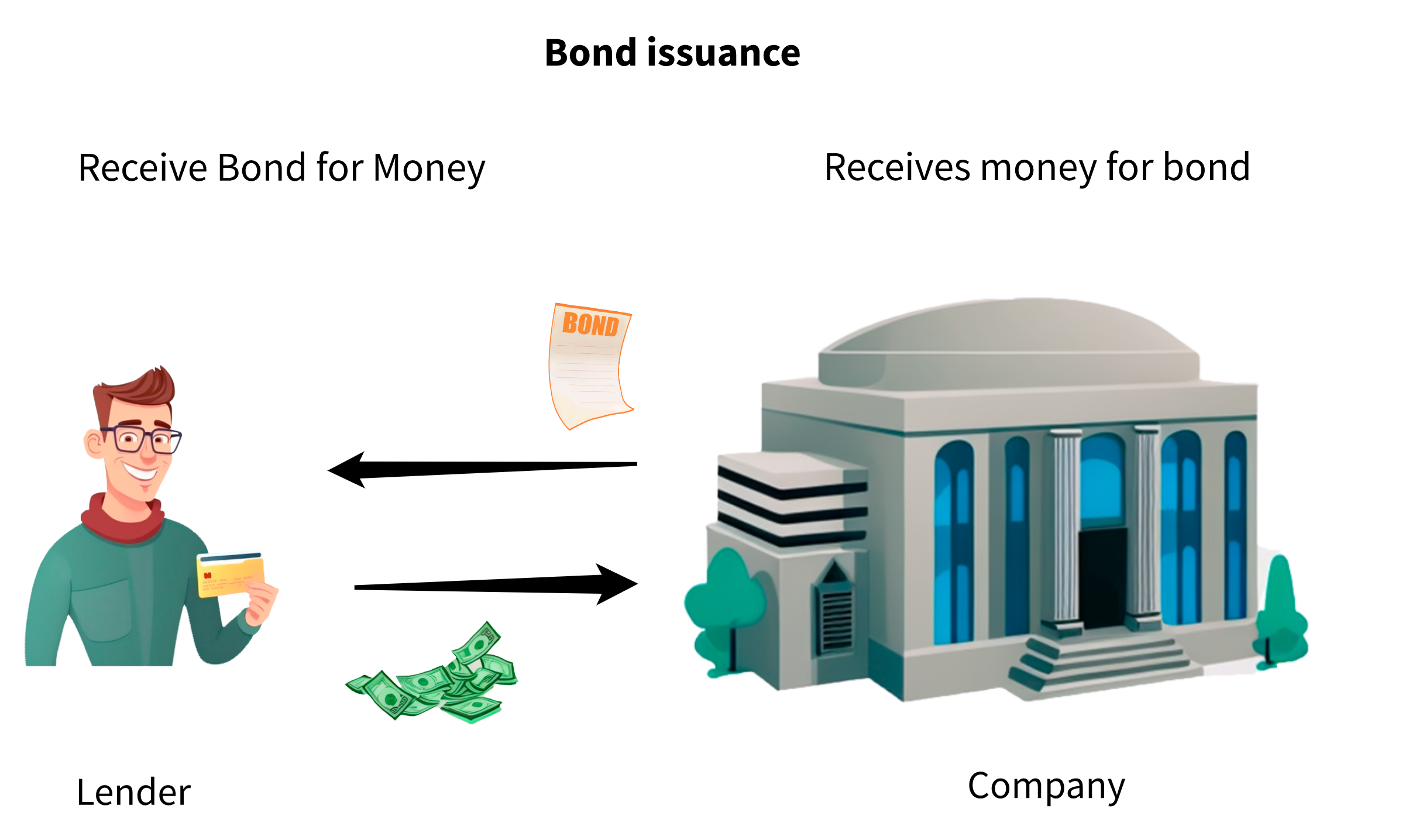As a business owner or investor, you've probably heard the term "tax shield," but you may be unsure what it means or how it's applied. A tax shield is, in essence, any deduction, credit, or another mechanism that reduces the amount of taxable income you must report to the government, lowering your tax liability.
Tax shelters come in many forms, including depreciation, interest expense, and charitable donations, among others. Let's take a closer look at each of these and how they can help you save money on your taxes.
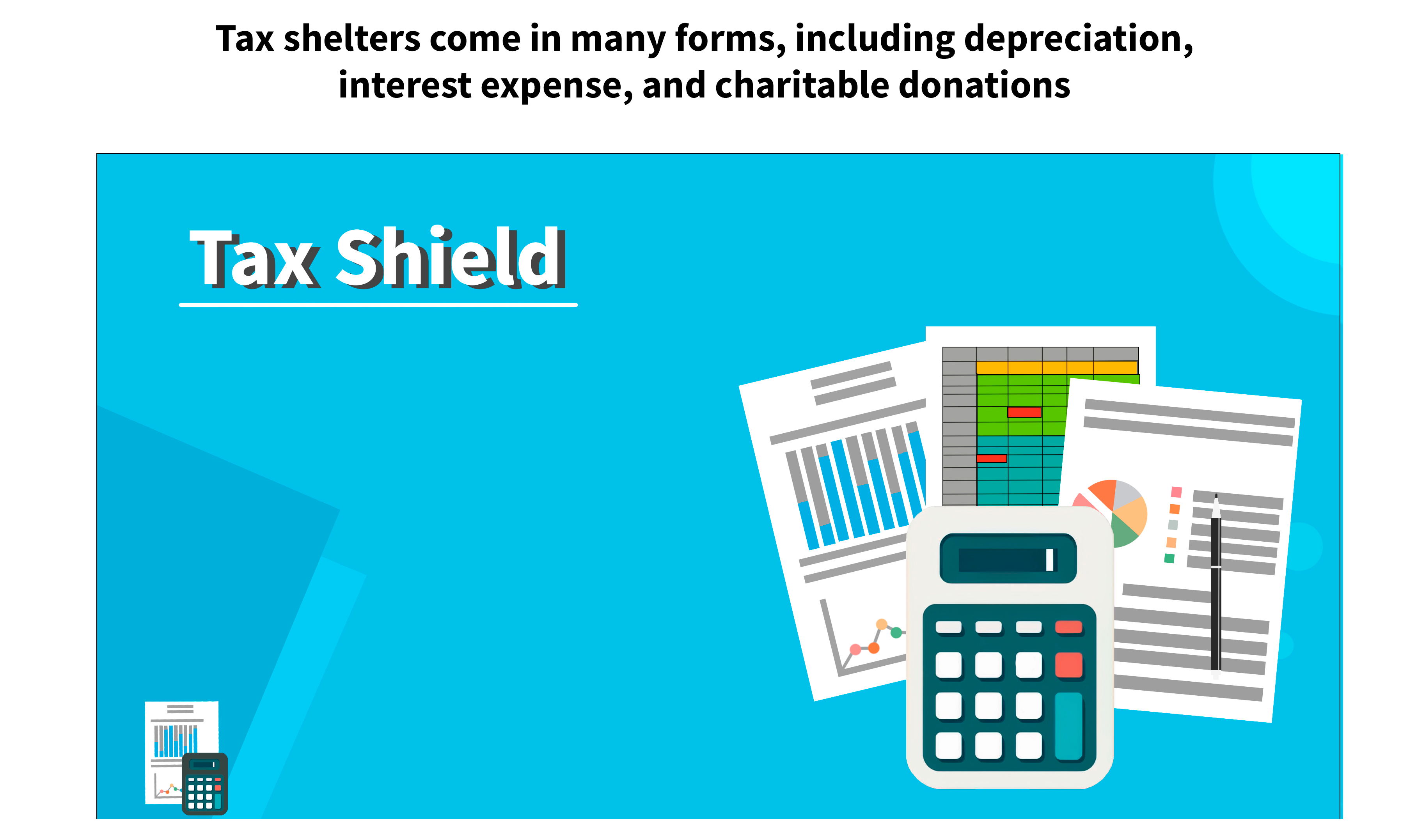
Depreciation
When you buy a business asset, such as a building or a piece of equipment, you usually can't deduct the full cost of the asset in the year you buy it. Instead, you must amortize the cost over the asset's useful life, deducting a portion of the cost each year. Depreciation is a powerful tax shield because it reduces your taxable income each year, even if you haven't spent any money that year.
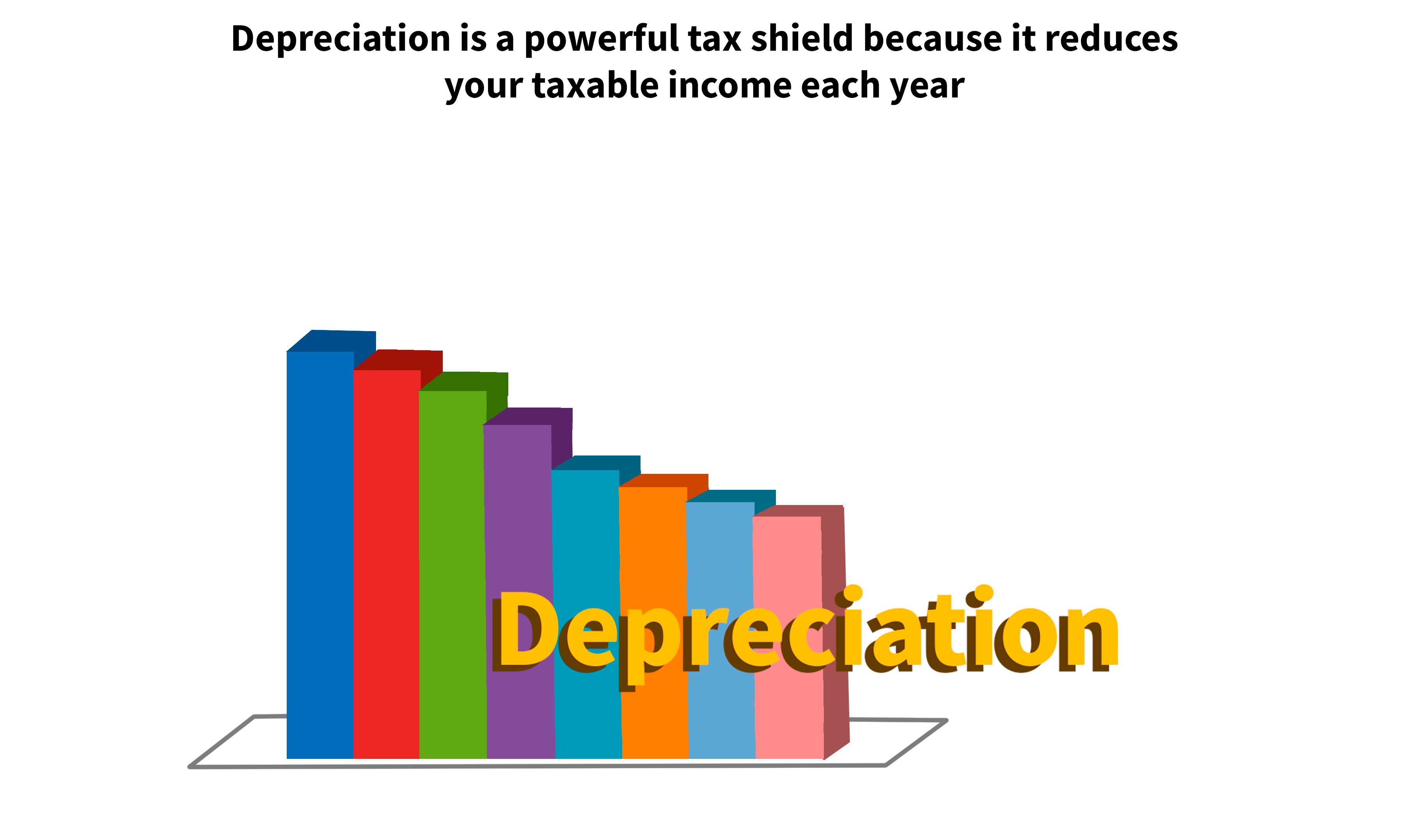
Interest Expense
If you borrow money to fund your business, you can deduct the interest you pay on that debt from your taxable income. This can be a significant tax shelter, particularly if you have a lot of debt or have high-interest rates. However, depending on the type of debt and other factors, there are limits to how much interest you can deduct in a given year.

Donations to qualified charitable organizations
If you give money or property to a qualified charitable organization, you can deduct the value of your contribution from your taxable income. This is an effective tax shelter because it not only lowers your tax bill but also allows you to support a cause that you believe in. However, be sure to carefully follow the rules for deducting charitable contributions, as there are numerous requirements and restrictions. These are just a few examples of tax shelters that you can use to lower your tax liability.
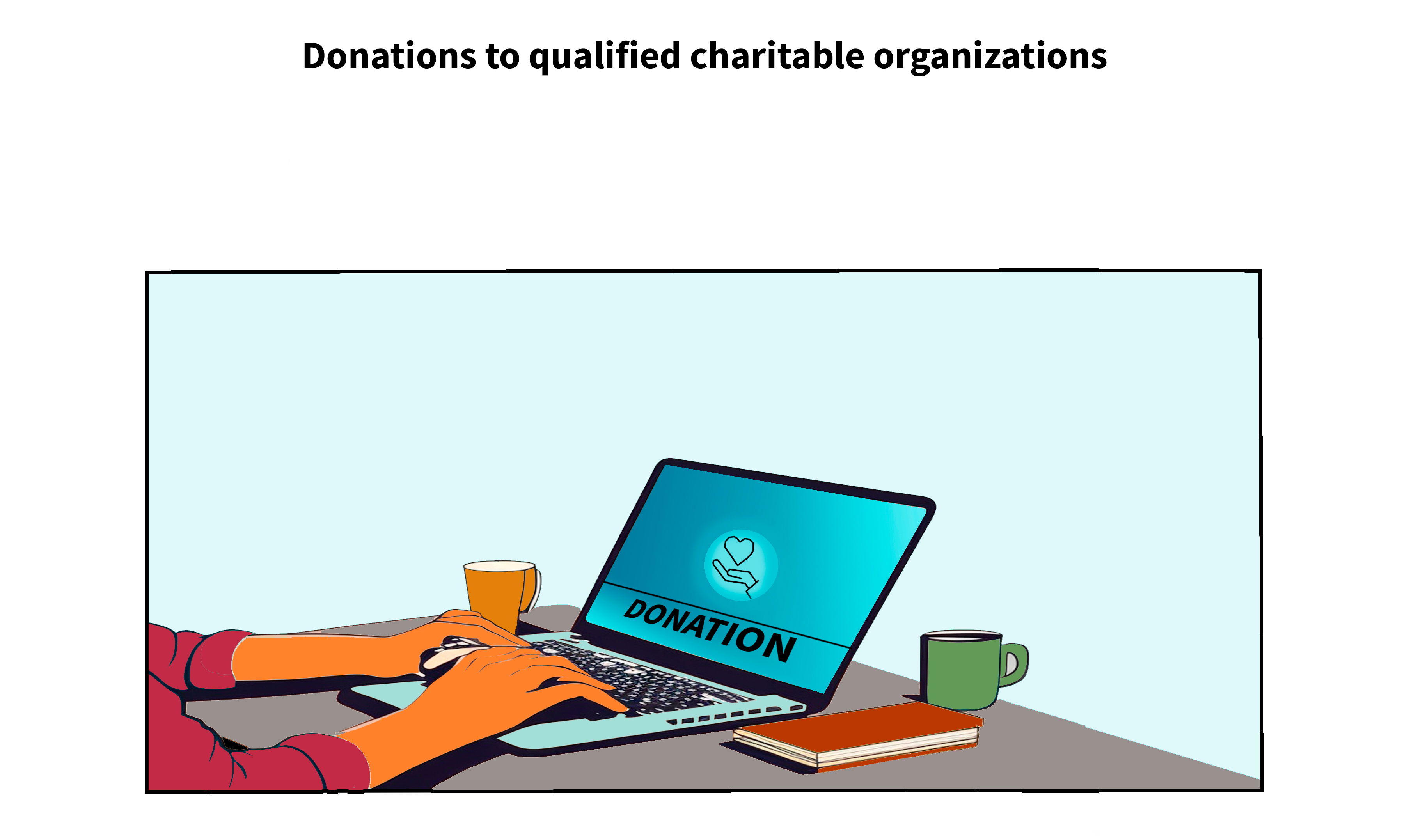
Let's look at where you can find tax shelters on an income statement now.
Tax shelters are generally reported on the income statement as deductions from taxable income. This means they are deducted from your total revenue to determine your taxable income. For example, if you earn $1 million and have $500,000 in tax breaks, your taxable income is $500,000.
It's worth noting that not all tax shelters are disclosed on the income statement. Some, such as tax credits, may be reported as a separate line item on your tax return or carried forward to future years if not used all in the current year.
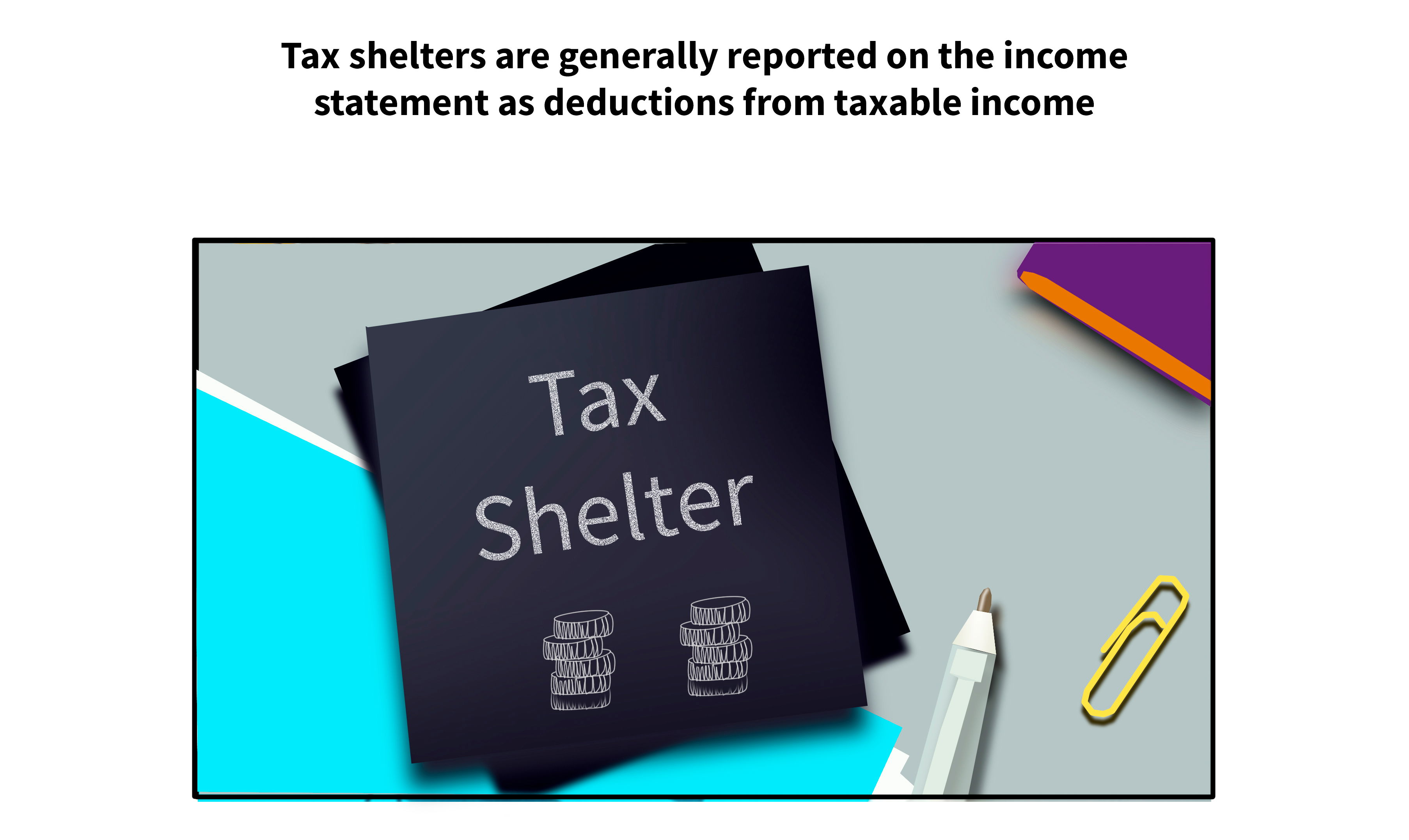
Finally, tax shelters are an important tool for lowering your tax liability and can be found on your income statement as deductions from taxable income. You can make informed decisions about how to structure your business and investments to minimize your tax bill if you understand the various types of tax shields available to you and how they are reported on your financial statements.
Where to locate "Interest Expense" on the balance sheets?
Interest expenses are not recorded on the "balance sheet"; however, related interest paid or accrued on outstanding debts is reported as a current liability in the balance sheet. This is because interest is rarely paid at the same time as it is incurred, and any interest that has accrued but not yet been paid will be documented in the "current liabilities" section of the balance sheet.
Here is an example:
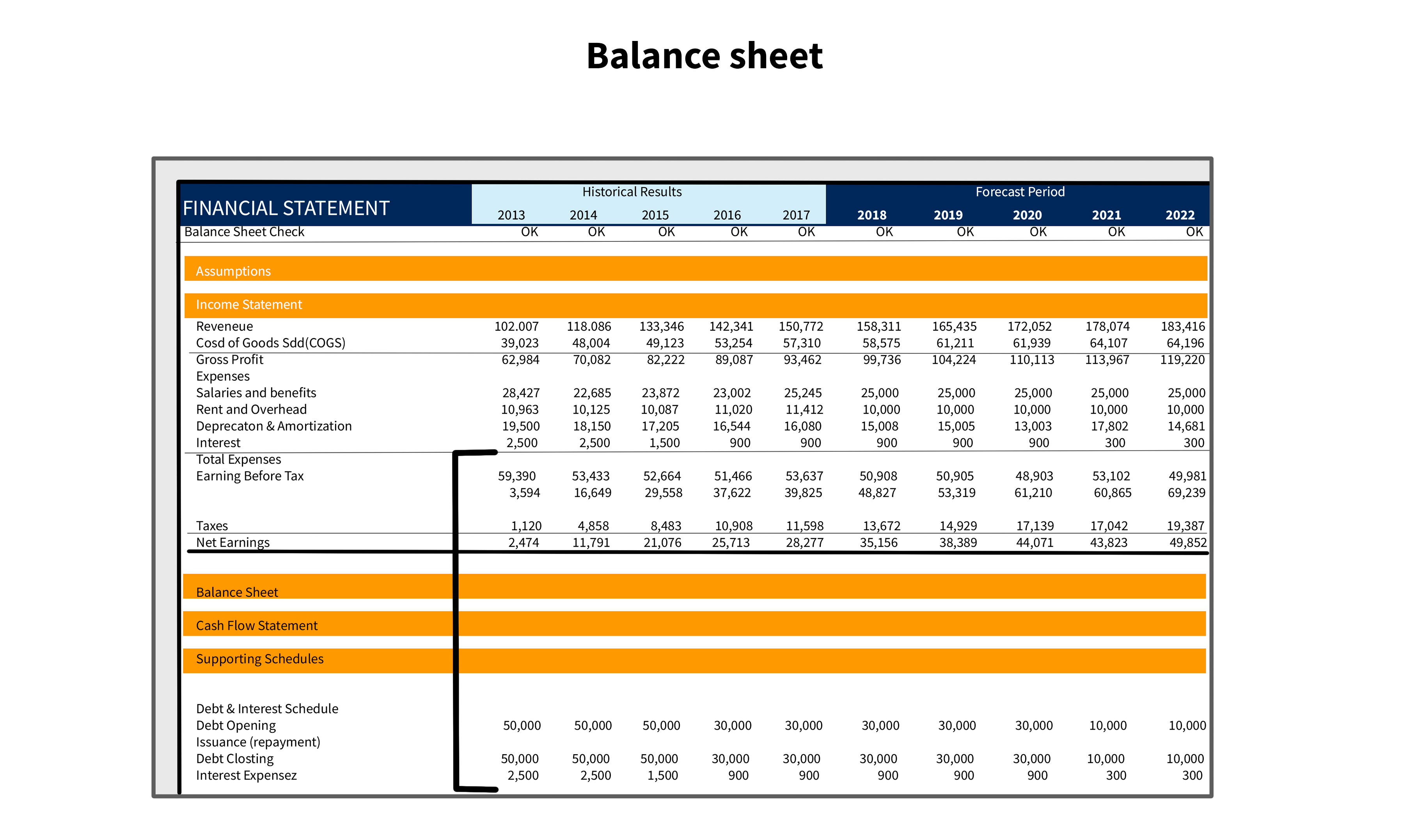
Interest is listed on the income statement, but it can also be assessed using a debt schedule. The schedule lists all of a company's major debts as well as the balances at the start of each period on its balance sheet (as shown above). The expense is computed by dividing the balance by the debt's interest rate. Capital leases are normally not included in the debt schedule. This means that (1 - tax rate ) * interest expense is what the company saves.
Key Takeaways:
1. Any deduction, credit, or another tool that reduces your taxable income and tax liability is referred to as a "tax shield".
2. Depreciation, interest costs, and charitable contributions are all examples of "tax shelters".
3. Tax shelters are commonly listed as deductions from taxable income on the income statement.
4. The footnotes to the financial statements may also contain information about interest expenses, which are reported as an expense on the income statement. On the balance sheet, a current obligation is shown for the related interest payable or interest accrued on outstanding debts.
5. Understanding the different types of tax shields available and how they are reported on financial statements can help you make informed decisions and minimize your tax bill.

